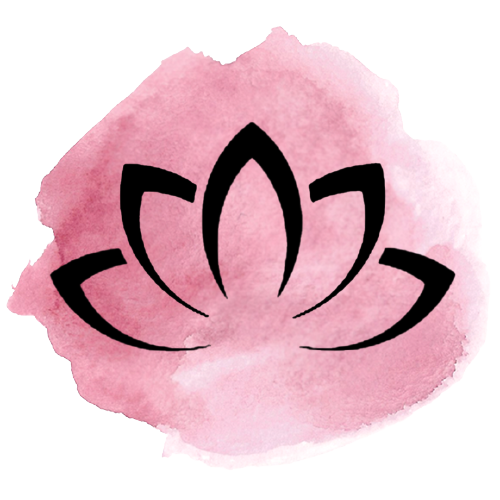Movie Review: The Boy and the Heron
© Studio Ghibli 2023
Directed by: Hayao Miyazaki
Reviewed by: Michelle W.
Rating: ⭐⭐⭐ and 1/2
My Studio Ghibli origin story looked a little like this: in Big Bear, winter of what might have been my seventh or eighth year, cozied up in the loft of a family friend’s cabin with my best friend, ignorant of the cooking that the adults were doing downstairs. In my mind’s eye, and perhaps forged by the fickleness of memory, we were huddled in front of an old box TV. What I know for certain is that the movie was Spirited Away. I was mesmerized by the visuals but found Chihiro’s stumble into a different, spiritual world to be unsettling enough to avoid the film altogether. I had evidently come across the film at the wrong time, as a couple years later I fell in love with Ponyo and also found enchantment in my return to Spirited Away.
And so, more than a decade later, the name Studio Ghibli, and especially Hayao Miyazaki, is all I need to hear in order to warrant a trip to the theater. Sitting and waiting for The Boy and the Heron to start, I vividly remember telling my friend that I had no expectations. Looking back, it may have been more to convince myself. Unfortunately, stating that I had no expectations may have been a secret disclosure in and of itself because throughout the two hour runtime, all I could think was, “Why am I not entranced?”
For every Miyazaki film I have watched, I have known it to be a Miyazaki film for how all-encompassing the world feels. That’s not to say that The Boy and the Heron is not every bit as imaginative as his other films. In fact, it feels as if The Boy and the Heron traverses more worlds than any other, a feeling that is compounded by the threads drawn from his previous works. Lady Himi and Howl’s precious fire; the kodama’s cuter counterpart, the warawara; the tunnel to another realm. These threads usually bring back the pleasant memories I associate with each of Miyazaki’s previous works, but for The Boy and the Heron I couldn’t feel much similar sentiment. Instead, I left the theater feeling frustrated with the film’s dogged linearity for the majority of its runtime, and then the cyclical nature of its resounding climax. As Mahito and the titular Gray Heron traveled from the real world to the dream world, I wanted to linger. If young Kiriko is here tending the warawara, why can’t we see the parallel lives of the other old ladies? Do the parakeets often have other human visitors to feast upon? Did Natsuko know of the other world? But these questions were left unanswered and unexplored because of Mahito’s beeline to his goal. That is, until the climax of the film when everything takes place in very symbolic locations, revisited and revisited, making it feel like the world had shrunk.
© Studio Ghibli 2023
Watching the film for the first time, this was all enough to write it off as not having been for me. But now that there has been some distance, my memory of the film’s specific events are distorted by the expanse of time, much as dreams are. It was this distance that made me realize that The Boy and the Heron plays out very much like a dream sequence. Dropped into a dream world with nothing but the Gray Heron as a (poor) guide and the task to rescue his pregnant aunt/stepmom, Mahito doesn’t have the luxury of lingering. The current of dream time is infinitely strong and carries him from place to place. The places he passes through are places he cannot return to—just as our dreams slip away upon waking. It is only at the end, in the apex of this dream world, that Mahito has the luxury to run through the same room two, three times. The choice that Mahito has to make is a choice that Miyazaki poses to every loyal Studio Ghibli fan and every passerby viewer alike. It is a question of creation and legacy, of memory and grief.
Just as my first encounter with Studio Ghibli and Miyazaki’s body of work was ill-timed, my latest encounter may very well have fallen under similar circumstances. Regardless of whether a second watch will increase my enjoyment of the film, it is undoubtedly an open-ended question to the audience as much as it is an open-ended question for the creator himself. Miyazaki, an auteur wrestling with how to say goodbye to his kingdom of dreams and madness. The Boy and the Heron’s dream landscape is the landscape of his artistic mind, and as such, it is as fitting as any to be Hayao Miyazaki’s last swan song.
© Studio Ghibli 2023




